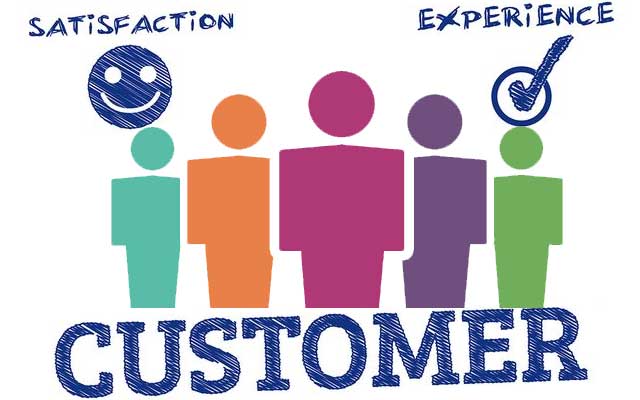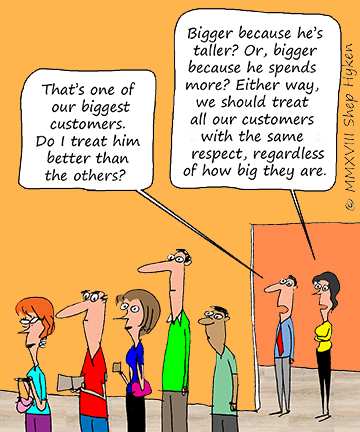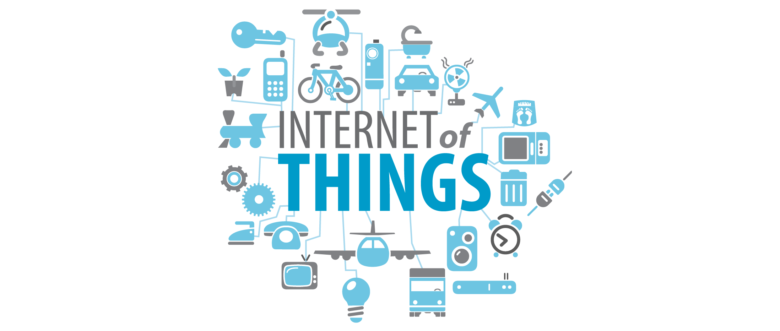5 Tips for Information Technology to Better Manage the Customer Experience
To help improve your IT service desk’s customer experience, there are five tips to consider in assessing and delivering a more appropriate level of IT support:
Know and catalog significant and commonly occurring service requests as “service encounters.”
“Your IT service desk should be able to describe what it does day-in, day-out without even thinking about it. But what about in the language of, and from the perspective of, the customer? What are the most commonly asked for and undertaken services? And are they actually viewed as services for customers or are they just a series of tasks/activities that are undertaken until it’s time to go home? A better customer experience starts with a change in approach and mindset – looking from the outside-in, rather than from the inside-out, with your service encounters built around the customer rather than the service provider,” said Sarah Lahav, CEO, SysAid.
Separate each encounter into its (1) before, (2) during, and (3) after stages, and identify where any of the common six “moments of truth” (MOTs) exist.
“These six MOTs are customer touch points in the first contact, greet, use, thank you or exit, last contact, and next contact. So, if you consider an end-user issue with a networked printer, the various MOTs in this example will include:
o The incident submission, perhaps via a self-service portal as a “before” interaction.
o Your requests for more information from, and updates on progress to, the end user will likely be part of the “during” stage.
o A personal callback, to check that the issue has been resolved, and the sending of a customer satisfaction survey are part of the “after” stage,” said Lahav.
Discover any other key interactions you know to greatly influence the end-user’s or customer’s emotions, e.g. what makes them happy or angry.
“These are likely to be additional MOTs. This could include the end user contacting the service desk “out-of-hours,” most likely just before they leave the office for the day, for an update – via the self-service portal, telephone, email, chat, or walk-up channels,” said Lahav. “If you think about how this happens with your service desk now – is it a consistent experience? And, does the end user receive a good customer experience?”
Within any encounter and stage, and for each moment of truth, know whether you have a suitable feedback mechanism in place.
“IT service desk customer satisfaction surveys rarely measure the customer experience. They are also often designed, and distributed, in a way such that end-user response rates are low – usually at 10% or less. To understand the customer experience, there also needs to be greater granularity and a focus on the things that matter most to the end user. Plus, surveys need to be kept simple! The best customer experience gathering mechanisms start with a binary “Are you happy or not?” yes-or-no styled prompt and then seek further, optional, information beyond this. For instance, digging into the reasons as to why there was a poor experience,” said Lahav.
If unsatisfactory, ask what can be done to eliminate, or mitigate, any issues to improve matters.
“In addition to the low response rates to traditional IT service desk customer satisfaction questionnaires, there is also often neglect to follow up (on both good and bad feedback, because of both offer opportunities for improvement). Which in turn drives the apathy end users might have towards your feedback mechanism (with this being in addition to surveys being too complex/time-consuming for them to complete). So, ensure that you proactively use the feedback information received from end users to make positive changes in how the service desk works and, ultimately, to the customer experience it delivers,” said Lahav.
Finally, these five tips won’t work if enacted alone. Instead, they need to be worked on in unison, ideally as part of an ongoing program or activity to better know, and manage, the customer experience as part of a continuous improvement initiative.
Source: Biz Report










